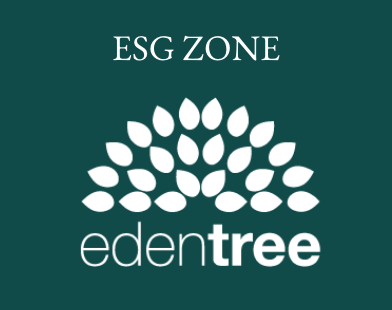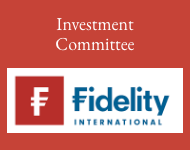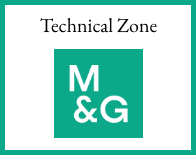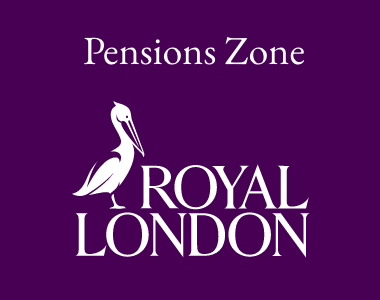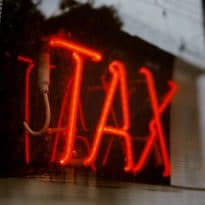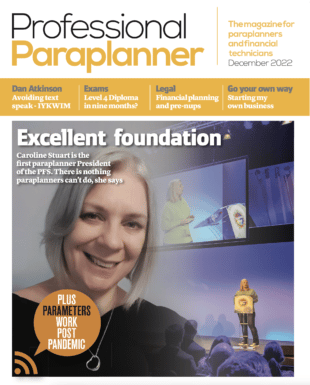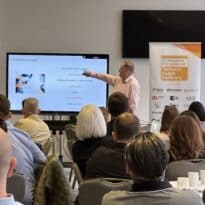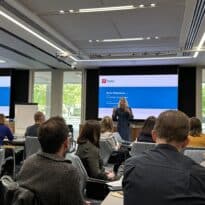With a new cohort of scheme members with enhanced protection able to contribute to their pensions again, Dan Bosiacki, technical consultant at AJ Bell, provides a reminder of where we are now with scheme pays rules.
There are some tasty tickets swirling around in pensions world right now so it may surprise you that I’m going to steer us to calmer waters with a refresher on scheme pays.
Scheme pays is the mechanism by which the annual allowance charge can be paid out of the pension scheme rather than the member personally – useful for those who don’t have readily realisable cash resources to pay the charge.
2023/24 was the first tax year that members that had obtained enhanced protection or one of the fixed protections prior to 15 March 2023 could contribute to their pensions again. With the floodgates effectively opening to those who were frozen out, for many years in some cases, it probably isn’t unreasonable to anticipate at least a small climb in the number of oversteps whilst members reacquaint themselves with the rules and limits.
For those that do, there are a couple of options to resolve the position using their pension which we’ll recap in this article.
Calculating and reporting the charge
The first step is to calculate the charge for the tax year. To do this, add the member’s excess pension savings to their income to work out which tax bracket(s) need to be applied to the excess. HMRC’s HS345 has more information on this.
When you know how much the member has overpaid by, it’s time to complete a self-assessment tax return. Look for the additional information pages and specifically for the ‘Pension Savings Tax Charges’ section.
Turning our attention now to getting this charge paid.
Mandatory scheme pays
The member can nominate their scheme to be jointly liable for the charge with them in scenarios where more than the standard annual allowance (currently £60,000) was paid into that scheme and the charge for the period exceeds £2,000.
If your client has since transferred from the scheme where the excess input took place, they can ask the new scheme to take on the charge on the same basis provided the above criteria is met.
For cases where there are no McCloud complications, the scheme administrator must be nominated by 31 July of the year following the end of the tax year in question, so for 2023/24 the deadline was 31 July 2025.
I know the deadline has been missed for 2023/24 but don’t despair, there’s an alternative available.
Voluntary scheme pays
For any scenarios that don’t meet the mandatory bar, a scheme administrator may agree to pay the member’s annual allowance charge on a voluntary basis. The administrator isn’t obliged to offer a voluntary facility, and where they do, liability for the charge will remain solely with the member.
A voluntary facility is further reaching than its mandatory counterpart. It can be used to tidy up for those that have strayed over either their tapered or money purchase annual allowances and there’s no minimum charge or other stipulations to meet.
To make a voluntary payment, the scheme administrator will likely ask for details of pension input to the member’s other arrangements. They’ll also need to know how much they need to pay because it is possible for the charge to be divided between the member and their pension.
Any payments made on a voluntary basis run in line with typical self-assessment rules, i.e. a deadline of 31 January of the year following the end of the tax year in question. Payments can be made later but may incur a late interest penalty from HMRC.
Accounting for tax (AFT)
A word of warning – the 31 January deadline is slightly deceptive. The machinations of HMRC’s AFT system mean that to settle the tax on time, the request for the pension scheme to pick up the tab would need to be made during Q3 of the calendar year. The scheme then has until 14 November to make the payment, that being the last available payment date prior to the deadline for self-assessment.
If your client misses that timeframe, the key is to ensure that the excess input is clearly noted within the self-assessment submission. We’re not aware of HMRC issuing late interest penalties in situations where they have been notified – but that is very much a current policy and shouldn’t be relied upon.
Whilst the annual allowance charge itself isn’t penal, in that it recoups the tax relief the member isn’t entitled to (the excess over the annual allowance), any late payment charges may sting given HMRC’s current rates. It’s worth setting some time aside in April each year to review your client’s input and have that conversation to decide who pays.
Main image: debora-pilati-dOG0z4-gqp0-unsplash



